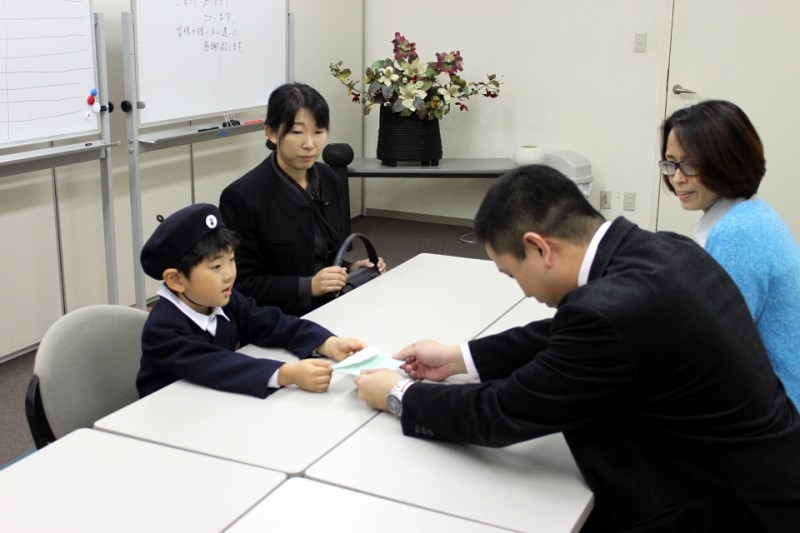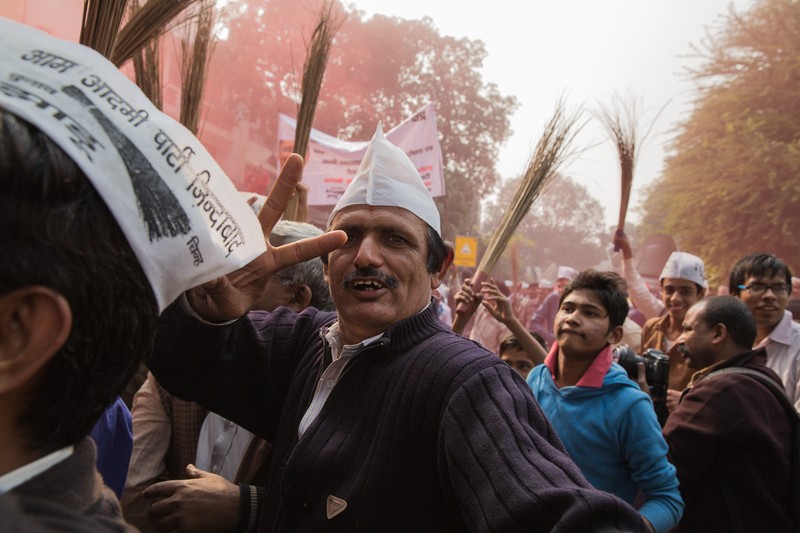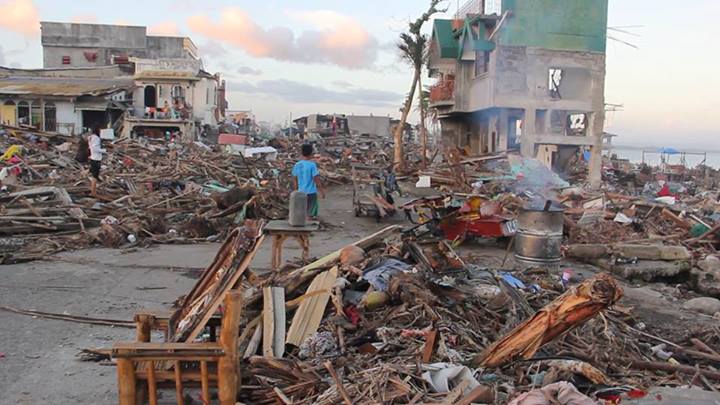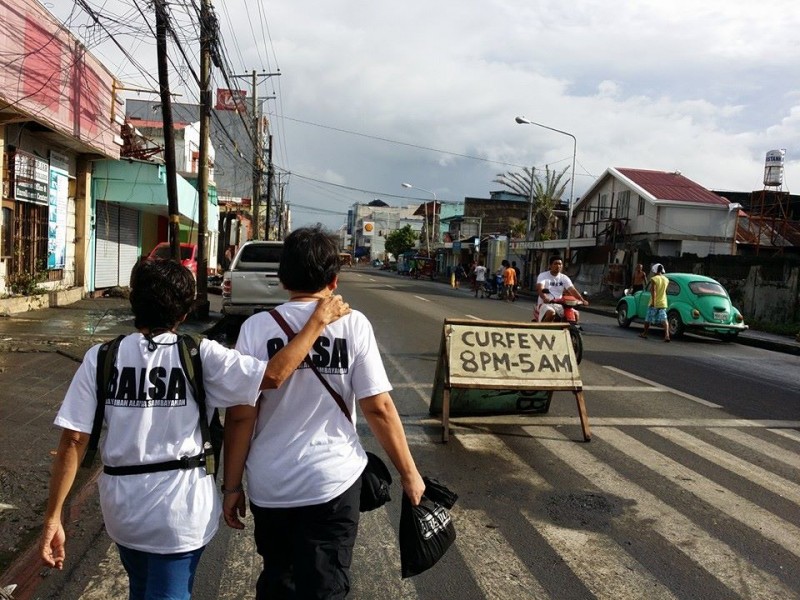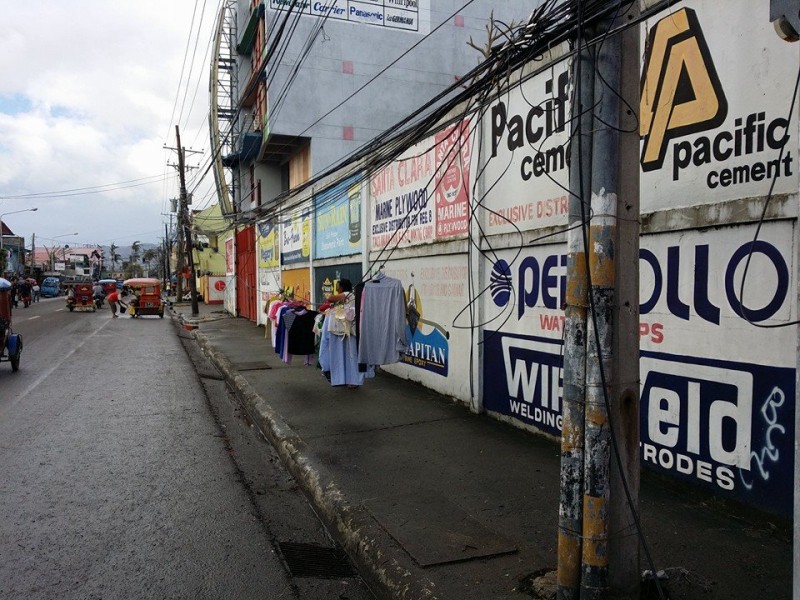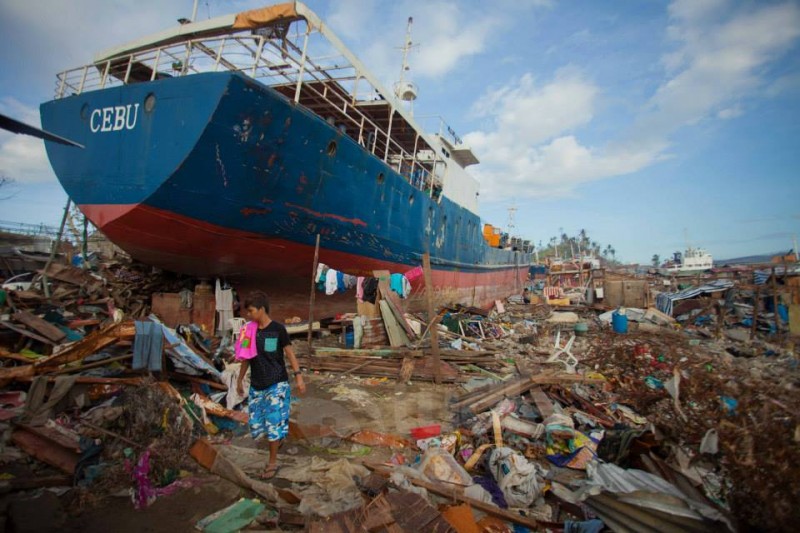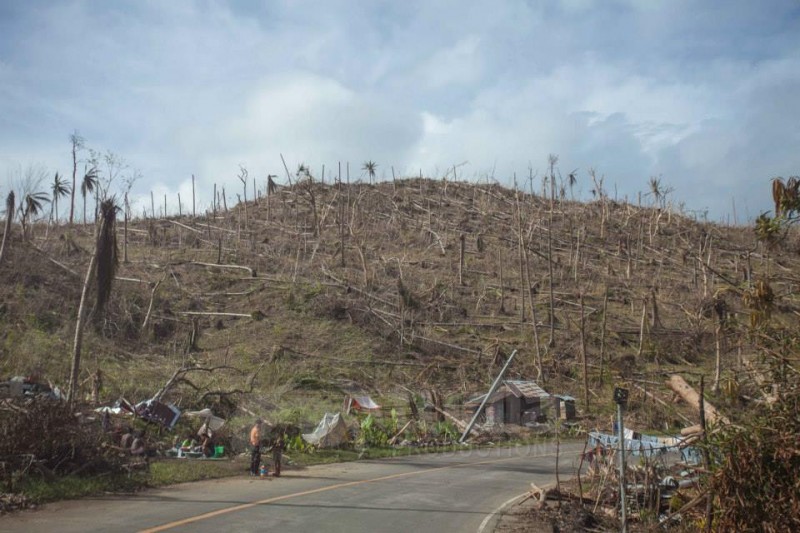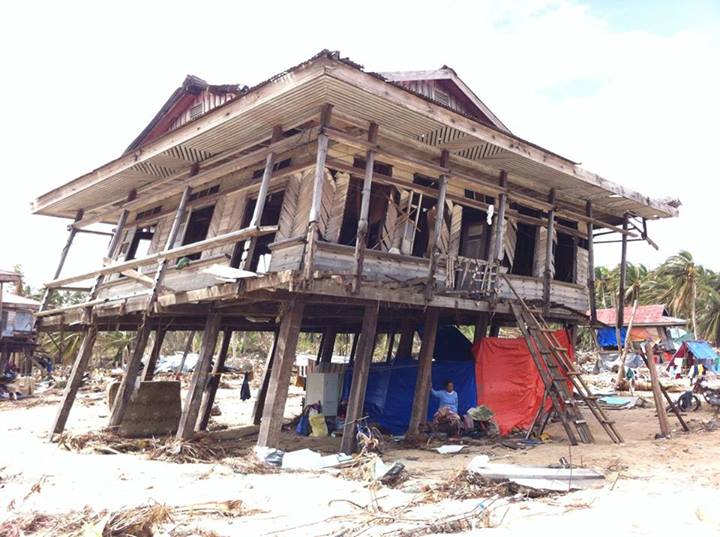November 2010. A man by the name of Brandon Stanton decides to go out everyday and photograph strangers on the streets of New York. He figured he'd get to know them, ask them a few questions, and share the story online. Three years later, the “Humans of New York” photoblog is one of the biggest things online. With over 2 million followers on Facebook, it stands out on his own as a phenomenon worth checking out.
But the “Humans of” movement didn't stop in New York. From India to Latin America passing by Europe and Australia, it has now gone viral, covering our planet city by city. Our region, the Middle East and North Africa, has proven to be no exception.
The following is an overview of the main “Humans of” pages of our region.
Humans of Cairo

“What's your greatest struggle right now?”
“To survive the faculty and marry the one I love.”
“And if you could give advice to people what would that be?”
“Break your taboos, and be free.
Taken from the Humans of Cairo page
Humans of Cairo was started by Salma Hegab, a 22 year old blogger and multimedia journalism graduating senior from the American University of Cairo. Created in November of 2012, and currently with over 3,500 likes and counting, it aims to capture Cairo's diversity. This is what she has to say about it:
“I believe that Cairo is such a vibrant city. Although I hate living here most of the time, I think that starting a project like this will help me to reflect on the city through my eyes, and it'd give the city the chance to reflect itself through my lens! The fact that I have been using professional cameras for a couple of years does not deny that I still have SO much to LEARN, and I hope this will give me great chances to improve my photography skills.”
You can check out her interview with Ta3beer here.
Humans of Egypt was created by a (so far) unknown photographer sometime in 2012. Not much is said about it, and it hasn't been updated in months. But it is definitely worth a look. Also from Egypt is “Humans of Mansoura“.
Humans of Tehran
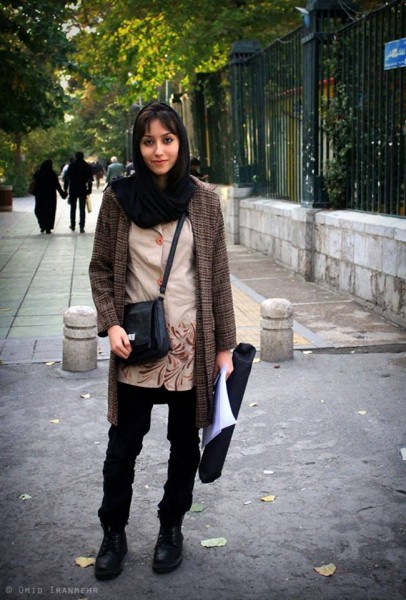
“Where's my favorite hangout place? Near the Tehran University Campus. There's a design center where all artists, whether graphic artists or sculptors such as myself, like to come together and work. I just love that place.”
Susan, seen near Tehran University
From the “Humans of Tehran” page
Humans of Tehran started on May the 9th, 2012 and has now over 100,000 followers, making it MENA's most popular “Humans of” page. This is what the photographer had to say about it:
“Tehran is not as faraway as you think it is. Inspired by “Humans of New York”, this page offers a pictorial glimpse into the daily lives of Iranians in their beloved dusty rusty capital.”
Also from Iran are “Humans of Esfahan“, “Humans of Tabriz“, “Humans of Shiraz“, “Humans of Ahvaz” and “Humans of Kermanshah“
Humans of Istanbul

“I study medicine and sometimes I feel like I'd never be able to become a doctor; but now I'm happy cause I succeeded in my mid-term exams. So now I'm waiting for a friend of mine to celebrate it!”
From the “Humans of Istanbul” page
Humans of Istanbul was created in 2012 as part of the Istanbul Photo Contest. Today, it has over 2,200 followers. This is what the founder, Shawn Ryan had to say about his project:
“To photograph humanity in Istanbul, a city full of people from around the world, and rich with culture, tradition, history, language, hospitality. To capture photos of the wonderful human beings in this wonderful city is the project, and each photo tells a human story.”
Also from Turkey are “Humans of Ankara“, “Humans of Izmir” and “Humans of Antalya“
Humans of Tel Aviv

Meet Michal. “It's a little bit embarrassing but I am actually reading: ‘Why Men Love Bitches?’ for me, the subtext of the book is not to be a Bitch if you want to get a man. There is a huge difference between been a bitch and standing on your emotional rights in a relationship. Love yourself first, then the right man will turn out .”
From the “Humans of Tel Aviv” page.
Humans of Tel Aviv can boast a pretty decent 20,000+ followers. Created on the 7th of April, 2012 by Erez Kaganovitz, it enjoys a decent loyal group of followers. Why does it exist? Kaganovitz answers: “Tel Aviv is one of the most interesting places on Earth. Come and meet the People who make it so interesting.”
Humans of Palestine
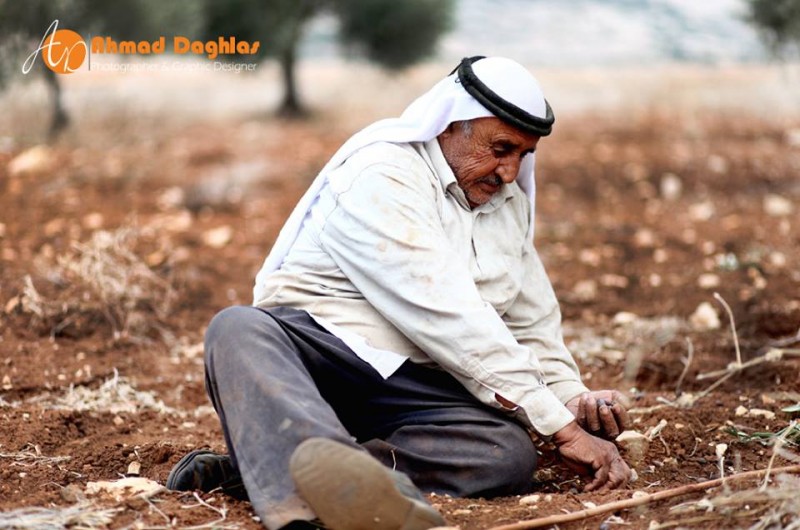
Palestinian farmer work during the olive harvest in the West Bank. Photo by: Ahmad Daghlas
Taken from the Humans of Palestine page
Humans of Palestine was founded in 2012 with an invitation: “Come and meet the People who makes Palestine so interesting. Talk with them, live with them.” Also from Palestine is “Humans of Nablus“.
Humans of Jeddah
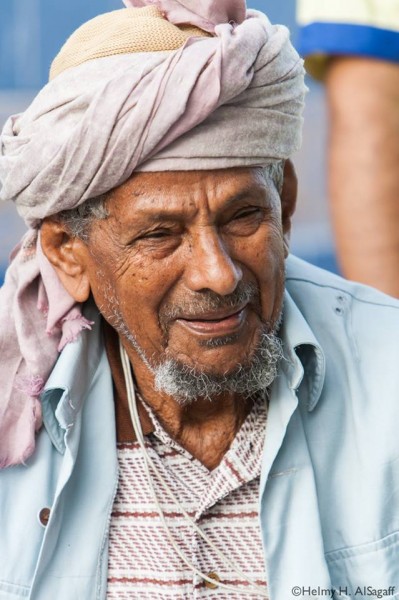
A fisherman who showed off his linguistic skills in selling fish as well as counting in Spanish, English Italian and Arabic. He's traveled through out the Red Sea and the Mediterranean Sea and has met many people.
From the Humans of Jeddah page
Humans of Jeddah – Saudi Arabia is still brand new. Created a month ago, it is a collaboration between two photographers, Helmy Alsagaff and Sharifa Lee Abdulrahman, who “want to share with the world the diversity of this city's beautiful people.”
Also from Saudi Arabia is “Humans of Riyadh“.
Humans of Lebanon
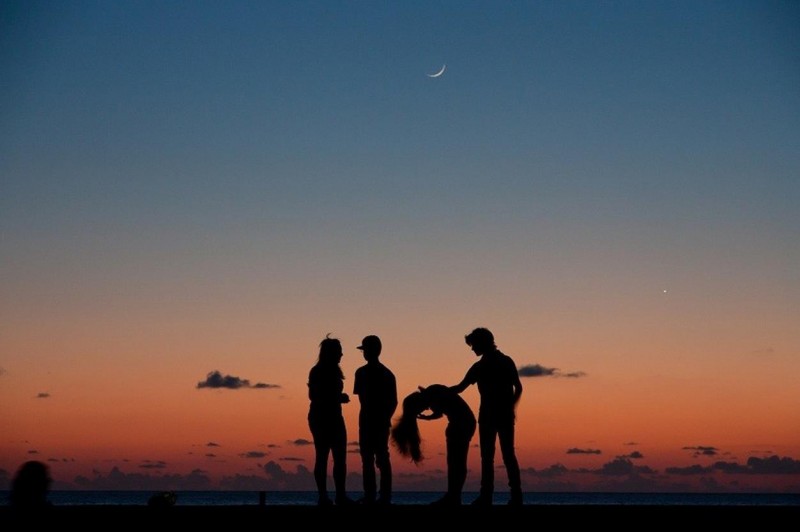
“We're enjoying the sunset.”
Taken from the Humans of Lebanon page
Humans of Lebanon started off as a collaboration between myself and Mher Krikorian, a Lebanese-Armenian photographer who gained a reputation as part of Beirut Street Photographers (BSP). We were later joined by Karim Sakr, also a member of BSP. Like any Humans Of pages, the goal of Humans of Lebanon is “to celebrate Lebanon's diversity by showing you its inhabitants.”
If you want a closer look at Lebanon's students, you can check out Noura Andrea Nassar's “Humans of LAU” page. Noura, who actually met Brandon Stanton in New York and is a student at the Lebanese American University, has this to say about her project:
“I've always admired Humans of New York. It teaches you not to judge people because everyone's got his own thing going on. I've always wanted to be part of Humans of Lebanon, but my arabic is terrible and it would be hard for me to communicate. And then I met Brandon in New York, and that really had an impact on me: I wanted to create a similar page but on a smaller scale, and that's how I came up with the Humans of LAU page. These are people that you see on a daily basis, but you never talk to and that you tend to judge.”
Lebanon is also represented by Humans of Tripoli and Humans of Beirut.
Humans of Amman

Giving out free smiles to people on Traffic lights.
Taken from the Humans of Amman page
Humans of Amman was started over a year ago by Ali Alhasani. It is a photography project “that aims to capture portraits of people around Amman, Jordan, without focusing on gender, race or color to spread the sense of unity among the Jordanian society. Other photographers are contributing to the project as well.”
Humans of Kuwait
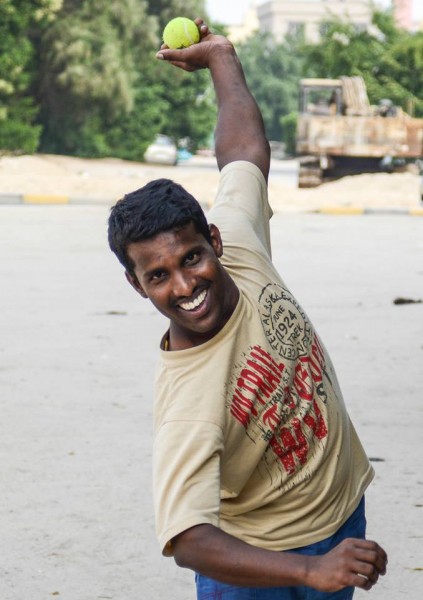
“Show me your ball”
Taken from the Humans of Kuwait page
Also a recent addition to the Humans Of family, Humans of Kuwait City‘s story is the following:
“My name is Bryan and I began Humans of Kuwait in the winter of 2013 resulting in HOK. I Have a goal to catalogue 5,000 of the city’s inhabitants, so I set out to photograph Kuwait as I see it. As the social followers grow, HOK will provide a worldwide audience with a daily glimpse into the lives of strangers in Kuwait.”
Humans of Tunisia
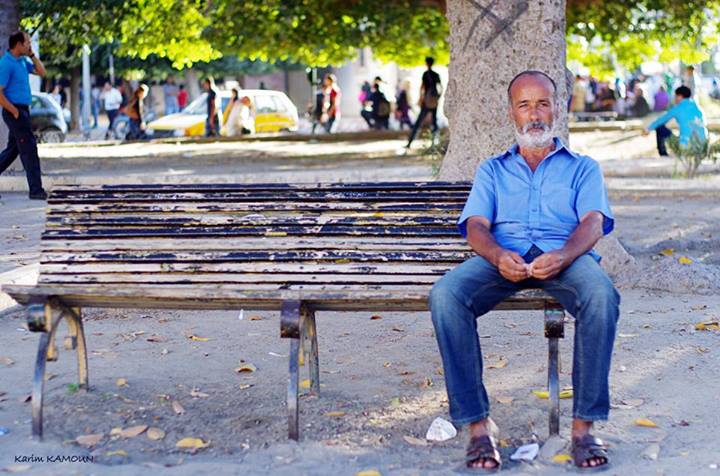
Mohamed: I'm killing the time that killed me.
Me: Why are you saying that?
Mohamed: It took my son. He turned 23 on the day of Eid.
Humans of Tunisia was created a few months ago “to all those Humans of Tunisia who get lost in the every day and don't take time to appreciate it”.
Also from Tunisia is the “Humans of Tunis” page created by Akram Lahouel, Houssem Lamti and Samar Ouadhani. They also have a blog. And that's not all, you can check out “Humans of Sfax” as well.
Humans of Khartoum
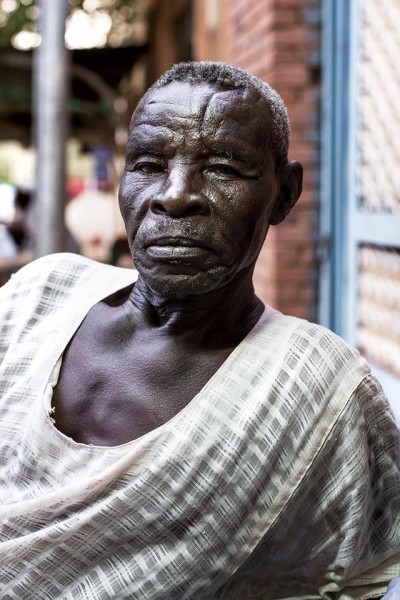
Amm Saeed from the Nuba Mountains
-Seen next to The French Cultural Centre – Khartoum
Taken from the Humans of Khartoum page
Humans of Khartoum is “a small tribute to the people of Khartoum, Sudan, one street portrait at a time.”
Humans of Baghdad
Humans of Baghdad was created by Nasser Billah AlNasseri, a doctor and former journalist at a French news agency. He had to leave Baghdad after constant threats due to his work as a journalist.
Humans of Syria
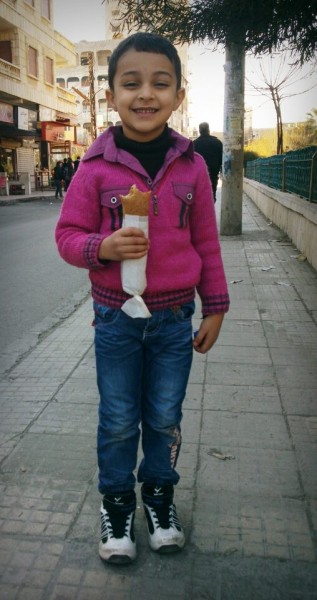
“how much I love eating Falafel whenever my mum brings me back from school”
Taken from the Humans of Syria page
Humans of Syria was started just a few days ago. The photographer remains anonymous but here is what he or she had to say about the page: “Syria, to let out the unspoken thoughts that have been hidden in hearts unspoken in eyes, detained in tears vanished beyond the sound of war. To live again.”
Humans of Dubai and Humans of Abu Dhabi

These two camels were eating very quietly when this man walked by. He stopped, and one turned around and came closer to get a kind “hello” tap on the head, and got back to its food.
Taken from the Humans of Dubai page.
Humans of Dubai was created by a French photographer named Isabelle who has been living in Dubai for the past 9 years.
Also from the UAE is “Humans of Abu Dhabi“.
Humans of Tripoli

You're going to kiss the rainbow and taste the sun. no biggie.
Taken from the Humans of Tripoli page.
Humans of Tripoli was created as “an effort to create a photographic census of T-town, offering nothing but the beauty of all.”
Also from Libya is “Humans of Benghazi“.
Humans of Casablanca
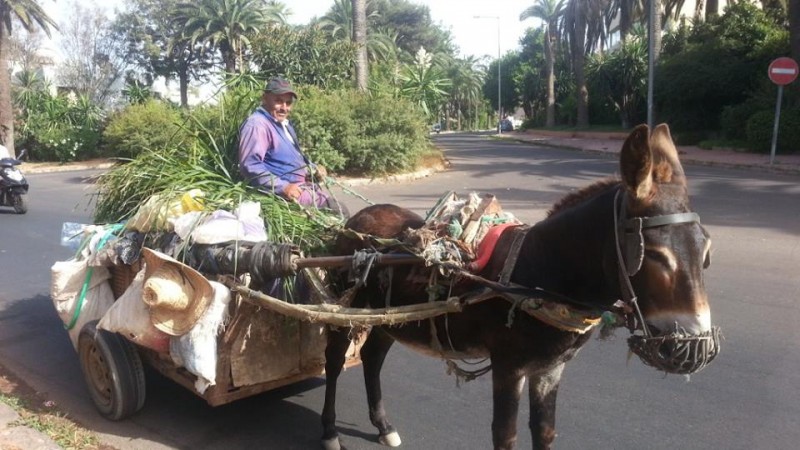
- How long have you been friends?
- Friends? Who are you talking about?
- Of your donkey?
- I bought him in Settat 5 years ago. We have never left each others’ side since! He helps me a lot and has always been there for me.
Taken from the Humans of Casablanca page.
Humans of Casablanca was created a few months ago. Who are the photographers behind the project? In their own words, “We are those who believe that the only way to discover our true selves hidden within us is to go to people, to confront our past and learn from their experiences.”
Humans of Algiers
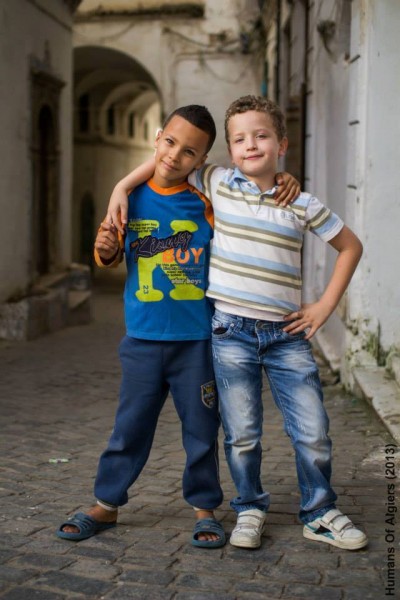
Hey mister, mister! Take my picture!
Taken from the Humans of Algiers page.
Humans of Algiers was created a few months ago as a place where “one story per day is remembered to tell the story of people of Algiers.”
via Global Voices » Feature http://globalvoicesonline.org/2013/12/24/photos-humans-of-mena/
![[Photo source: Art by Jawad Facebook Page]](http://globalvoicesonline.org/wp-content/uploads/2013/12/1484211_212416075611924_7053469_n.jpg)
![[Photo source: Anas Salameh's Facebook profile]](http://globalvoicesonline.org/wp-content/uploads/2013/12/1509218_10151901961012832_133312329_n.jpg)
![Done by Comic4 Syria كوميك لأجل سوريا [Photo Source: Comic4 Syria كوميك لأجل سوريا Facebook Page]](http://globalvoicesonline.org/wp-content/uploads/2013/12/1476568_575861305828253_2005860827_n.jpg)
![Artwork by Wissam Al Jazariry [Photo Source: Wissam Al Jazariry Artworks Facebook Page]](http://globalvoicesonline.org/wp-content/uploads/2013/12/1513319_575837775830606_515927010_n.jpg)
![[Photo Source: Anwarts Facebook Page]](http://globalvoicesonline.org/wp-content/uploads/2013/12/1482926_643317202396312_21085396_n.jpg)
![[Photo Source: Hani abbas cartoon]](http://globalvoicesonline.org/wp-content/uploads/2013/12/1521919_575839845830399_1355192424_n.jpg)
![[Photo Source: Mohamad Alweis's Facebook Profile]](http://globalvoicesonline.org/wp-content/uploads/2013/12/1483359_10151901959982832_768233404_n.jpg)
![Molhem Barakat, self portrait, taken February 14, 2013 [photo source: Barakat's Facebook profile]](http://globalvoicesonline.org/wp-content/uploads/2013/12/529623_343147729129988_1487559590_n.jpg)
















